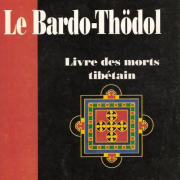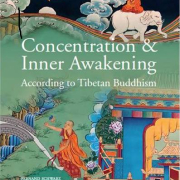In a world of transition, today’s youth must take up new challenges, undreamed-of by past generations. But as in all perilous times, to face the challenge, one must have stable, tried and tested inner bearings and a correct inner disposition. The path of the warrior of peace is an ancient one. It is the implementation of teachings of wisdom, giving priority to the being and its choices, over « having » and appearances. Only by drinking from this source is it possible to work towards a new and better world, a world in which each person can find his place, a world capable of solidarity and common wealth, a world which notably begins with self-transformation. To learn to believe in oneself, in order to gradually go through each phase of one’s inner path, with the successive unfolding of one’s potential, is the only way to discover the freedom to choose and seize one’s own destiny. Today’s youth, like past youth, is always ready to play a role. However, we still need enthusiastic role-models like Perseus, the warrior of peace, to inspire souls and to nurture self-confidence.
This opuscule suggests being a guide to understand better Bardo-Thodol or book of the deaths Tibetan, decorates which presents the route which, according to the Tibetans, the soul travels after the death in the afterlife.
The afterlife, through whom peregrinates the soul of the dead man according to a precise route, is other than the whole cosmos as the soul has to incorporate, represented by the symbolic figure of the Mandala.
The practice of concentration is an essential step in the creation of our personal destiny. It enables us to clear our minds of confusion and develop self-control. Exercising concentration in our daily life helps develop our capacity to overcome obstacles without restraint or struggle and to create a more harmonious existence. Concentration helps us to take control over our memory and rediscover our true identity.
This little book invites us to discover in simple terms the path of consciousness according to the oral teachings of Tibetan Buddhism. This was the intention of Lama Blo-bzang Don-yod when, in the 17th century, he drew a diagram of a seeker accompanied by three symbolic animals.

This path shows us the difficulties that we will have to overcome with the help of simple physical and mental exercises that require very little time to accomplish. The success of this method lies in short daily practise sessions rather than long, infrequent ones.





